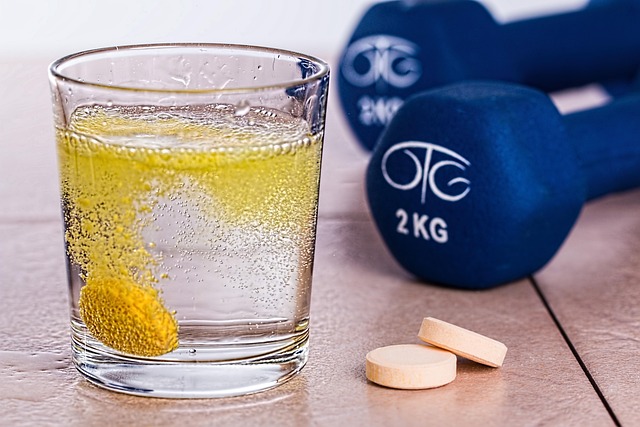Digital detox methods for clearer thinking and better rest
Regular, intentional breaks from screens can help reduce stress, sharpen attention, and improve sleep. Practical digital detox methods pair simple routines, mindful breathing, ergonomic habits, and movement to support clearer thinking and better rest without dramatic changes to daily life.

Taking planned breaks from screens can reduce cognitive overload and support clearer thinking and better rest. A practical digital detox focuses on small, repeatable changes: consistent routines around device use, brief mindfulness and breathing practices, ergonomics that reduce physical strain, and lifestyle adjustments in nutrition and movement. These shifts build resilience to stress and help you maintain focus over time, while making restorative recovery more accessible each night.
How can routines support a digital detox and focus?
Establishing predictable daily routines helps your brain distinguish between focused work and restorative rest. Schedule specific times for email and social apps rather than responding to every notification, and create short screen-free windows—mid-morning or late afternoon—to reset attention. Evening routines that remove screens at least 60 minutes before bed encourage natural sleep signals. Use simple cues, like dimmed lights or a warm beverage, to reinforce habits and make digital detox feel manageable rather than punitive.
How does mindfulness and breathing improve clarity?
Mindfulness breaks interrupt automatic reactions to digital stimuli and reduce mental clutter. Short practices—three to five minutes of focused breathing or a single sensory check-in—can lower acute stress and restore cognitive control. Try a 4-4-4 breathing cycle: inhale four seconds, hold four, exhale four, repeated several times. These moments of presence make it easier to notice when attention drifts and to choose purposeful engagement with devices instead of habitual scrolling.
How do sleep and recovery benefit from reduced screen time?
Minimizing evening screen exposure supports circadian rhythms and improves sleep onset by decreasing blue light and cognitive arousal. A recovery-focused bedtime routine might include gentle stretching, a short journal entry to offload concerns, and keeping devices in another room or on silent mode. Consistently prioritizing sleep hygiene alongside digital detox improves daytime focus and emotional resilience. Track sleep patterns over several weeks to identify meaningful improvements rather than expecting immediate transformations.
What role do nutrition and movement play in resilience?
Balanced nutrition and regular movement enhance the cognitive benefits of a digital detox. Stable blood sugar through meals with protein, healthy fats, and complex carbohydrates reduces irritability and supports sustained attention. Short movement breaks—walking, standing, or light stretching—counteract sedentary habits linked to heavy device use. Pairing a brief walk with a screen break gives mental distance from notifications and increases energy and clarity for subsequent tasks.
How can ergonomics and habit design reduce stress?
Good ergonomics lower physical strain that can amplify mental fatigue during long screen sessions. Position screens at eye level, maintain neutral wrist angles, and use supportive seating to reduce tension. Adopt micro-recovery practices like the 20-20-20 rule—every 20 minutes look at something 20 feet away for 20 seconds—to lessen eye strain and provide brief restorative pauses. Combine ergonomic changes with notification management and app limits to reduce cumulative stress.
How to build self care and mental health habits around devices?
Approach self care as a set of attainable habits rather than an all-or-nothing goal. Set realistic device limits, schedule screen-free social time, and prioritize activities that promote calm—reading, creative hobbies, or light exercise. Regularly check in on your mental health by noting stress triggers and acknowledging small wins. Over time, these habits make digital detox an integrated part of daily self care and strengthen long-term resilience to distraction.
This article is for informational purposes only and should not be considered medical advice. Please consult a qualified healthcare professional for personalized guidance and treatment.
In summary, a sustainable digital detox combines consistent routines, brief mindfulness and breathing practices, sleep-supportive habits, balanced nutrition and movement, ergonomic adjustments, and practical self care habits. Small, repeatable changes implemented over weeks can lead to clearer thinking and better rest without requiring a complete lifestyle overhaul.





